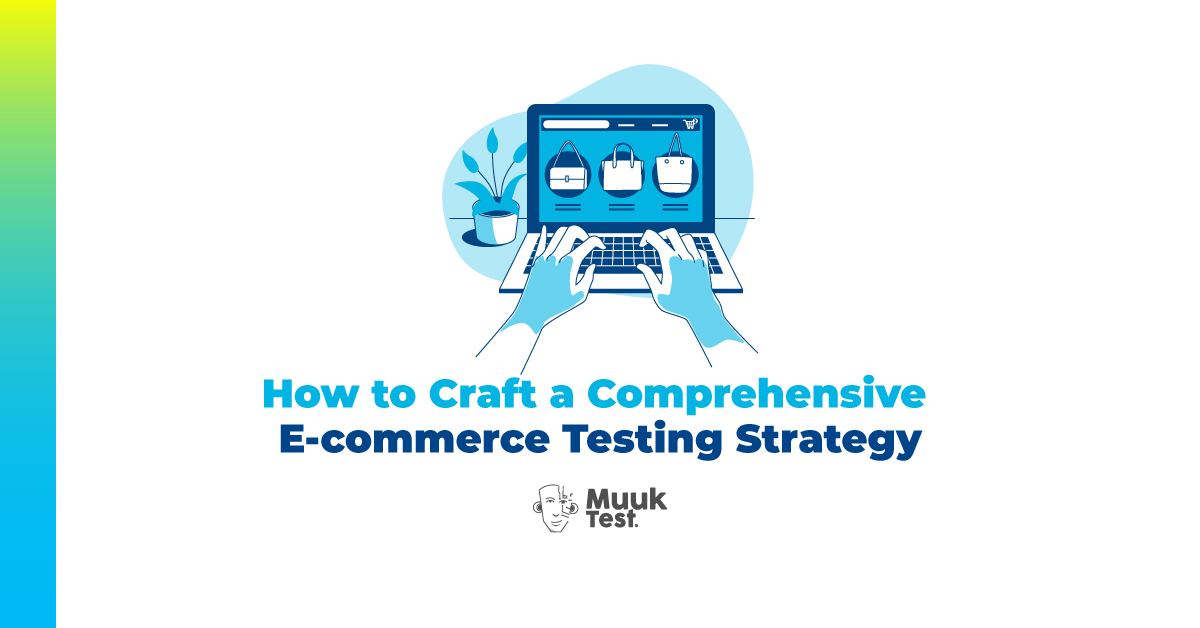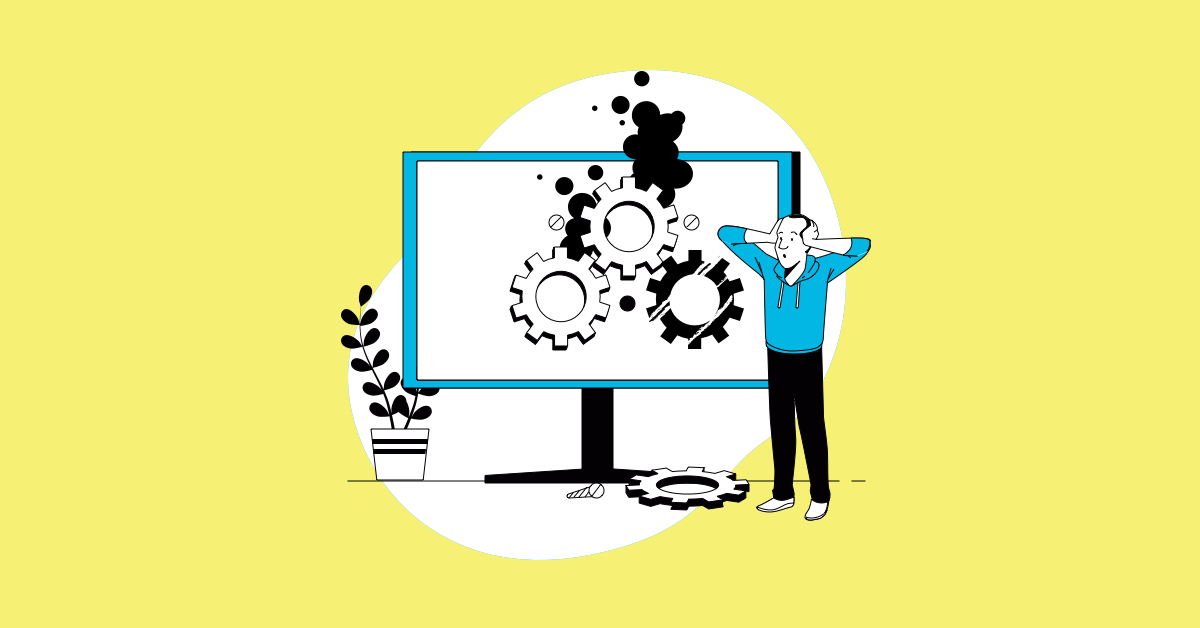An unclear testing strategy is a clear reason for the failure of many software testing projects. Strategy is core to everything. While most testing teams prepare a test strategy document, these documents are rarely read or referred to in the day-to-day work. The core reason is that most test strategies are too abstract and fail in practical execution.
The traditional, one-size-fits-all approach to test strategies needs to meet the dynamic needs and requirements of modern software teams. In this article, we will look into the challenges with traditional test strategies and explore how to craft a customized test strategy that aligns with your unique needs and circumstances.
Challenges with Traditional Test Strategies
If you have spent some time in the industry, you have surely seen templated traditional test strategy documents. These documents are the most unread in the testing world. Once created and reviewed, they usually rest on Jira or a shared drive till the project ends. A major reason behind this is due to their disconnection from the reality and actual needs of the project. Before we learn how to customize test strategies for success, let’s look at the key reasons behind the failure of traditional test strategies.
Defensive Design
Most strategies are typically designed as defensive measures to justify why certain bugs were not detected during testing. They often include elements like entry and exit criteria, out-of-scope considerations, predefined time durations, and specified tests to be covered. Defensive design often leaves out important strategic pointers that should ideally be in the focus.
Complexity
Traditional test strategies are limited to standard templates making them overly complex, and difficult to follow for various stakeholders, especially non-technical ones. Leaders often accept these strategies without fully understanding them, while engineers find themselves lacking the time or motivation to engage with lengthy and complicated documents.
Continued Production Failures
Most testing projects define standard test strategy documents at the project initiation time. Still, it does not improve the overall failure rate. If your product is often meeting with obvious problems despite creating and following the test strategy, it is a sign of disconnection from reality. Continued production failures are a clear indication of revisiting the strategy and customizing it to your updated needs.
Maintenance Hurdles
Furthermore, maintaining traditional test strategies can be a daunting task. The process of revising these strategies is time-consuming and complex, which discourages teams from keeping them up to date and using them actively.
Developing an Effective Testing Strategy
To overcome the shortcomings of traditional test strategies, it's essential to learn the art of developing a more flexible and tailored approach to testing. Here's how you can develop an effective test strategy that fits your project, product, and people:
Refer Context Driven Models
Consider referencing established and popular context-driven test strategy models (or templates). Use them as an inspiration to create your test strategy. Remember that no model is correct so you will have to find what works for you. You may need to blend multiple models. Some of the popular test strategy models are:
Blend Automation, AI, and Human Role
With new possibilities and technical advancement happening frequently, it’s important to have a blend of Automation, AI bots, and Human Testers involved in your strategy. Automation should be approached strategically, focusing on areas where it adds the most value rather than attempting to automate everything. Also, avoid restricting its use to just script and flow automation. Additionally, AI bots excel at simple, repeatable, and quick assistance tasks. They can also be trained on your existing project data and can be utilized as a powerful testing assistant. Human testers should always remain indispensable and at the core of your test strategy for their ability to adapt, think critically, and uncover nuanced issues.
Ask yourself:
- Why should you bother to create a test strategy in the first place? Find the purpose.
- What level of detailing is required for your test strategy? Design your strategy accordingly.
- Who cares about your strategy? Contact, interview, and debrief your strategy to them.
- When should you again revisit this? Set and plan for time to update your strategy again.
- Where should you store your strategy? Plan to make it easily accessible to your team.
- How much time and resources do you have? Limited? Sufficient? or Minimal?
Custom Fitting Test Strategies For Custom Needs
Tailoring your testing strategy to fit your project, product and people requires a systematic approach. Here are ways to help you customize your test strategies:
Clarify the basics:
Each testing project has multiple unique aspects to it. It’s important to find these unique aspects. Finding these is the first step toward creating a custom test strategy. Find answers to questions such as:
- Who's going to run the tests?
- What potential class of problems should they be looking for?
- What are the outputs that the testers should be producing? Is it Test Reports? Notes? Logs? Archives? Code? Compliance? Something else?
- How will the team discuss and advocate for issues?
- What aspects is the team supposed to test?
- How are they going to test it?
- What tools will be used?
- What is the source of test data?
Identify 5Ws and 1H
- Who: Determine who will be involved in testing, whether it's developers, manual testers, automation engineers, or even customers.
- What: Define the level of testing, types of tests, testing techniques, and the scope of testing.
- When: Specify the frequency of test cycles and execution.
- Where: Determine the environment for testing, whether it’s a local setup, or cloud devices, or a blend of both.
- Why: Specify the reasoning behind your technical decisions and preferences.
- How: Specify the tools, processes, CI/CD pipelines, frameworks, and testing methodologies to be employed.
Leverage AI Prompts
You can also use Modern AI systems to assist you with customizing test strategies. You can define prompts filled with your contexts. You can share your ideas with the Chatbot and ask it to brainstorm ideas you might be missing. Here is a sample prompt to generate a custom test strategy based on your custom needs:
I want you to act as an expert software tester who works at designing test strategies for the product. I want you to create a test strategy considering pointers from the heuristics test strategy model by James Bach available at satsifice.com.
The test strategy should consider factors such as Project Environment, Product Elements, and Quality Criteria.
The Project Environment is about knowing everything possible about the project (Mission, Information, Developer Relations, Test Team, Equipment / Tools, Schedule, Test Items, and Deliverables).
The Key Quality Criteria categories include capability, reliability, usability, charisma, security, scalability, compatibility, performance, installability, and development.
The Product Element categories include Structure, Function, Data, Interface, Platforms, Operations, and Timing related factors associated with the product.
Also, make a note of all the risks associated with testing this product. You can ask me questions to clarify at any point. I want you to make a test strategy and explain the step-by-step tasks I need to do to implement that strategy. Here are my application details: <<Add your application details here>>.
Note: Use the above prompt as a reference. For good results, add your detailed project environment, quality criteria(s), and product element details based on your context in the above prompt.
Debrief with Stakeholders
It’s best to debrief your test strategy with your stakeholders and gather feedback. This allows you to refine your strategies and ensure that your strategy aligns and fulfills the business goals and objectives.
So, fellow testers, go ahead and start implementing these strategies in your projects and start drafting your next strategy. If you already have a test strategy defined, compare your newly created test strategy to the existing one. Remember, the key to success lies in consistent practice, embracing change, and never losing sight of the ultimate goal: delivering high-quality software that delights users and delivers business value.
Happy testing!




%20(1).png?width=150&height=69&name=MuukTest-logo---light-background%20(3)%20(1).png)
